Biochemistry PPQs #1
1/13
Earn XP
Description and Tags
Name | Mastery | Learn | Test | Matching | Spaced |
|---|
No study sessions yet.
14 Terms
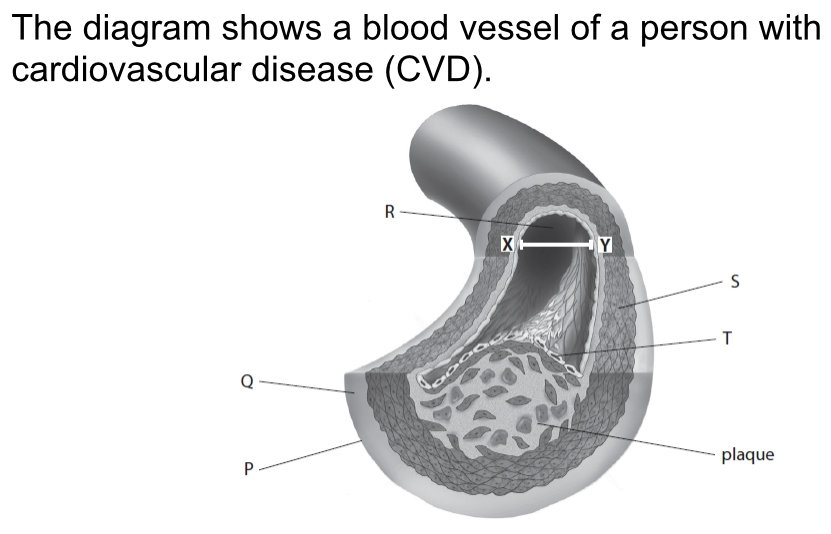
Name the type of blood vessel shown in this diagram
Artery
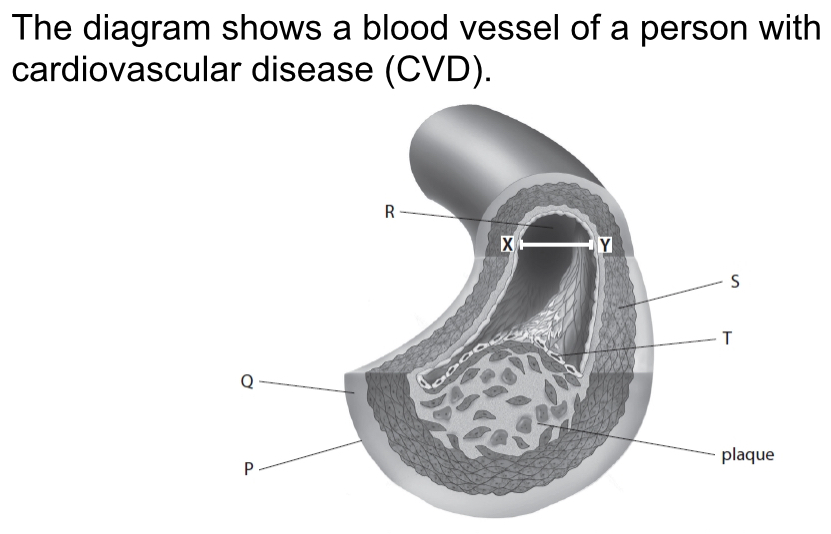
Which labelled part of the blood vessel contains tissue that can contract to maintain blood pressure?
S
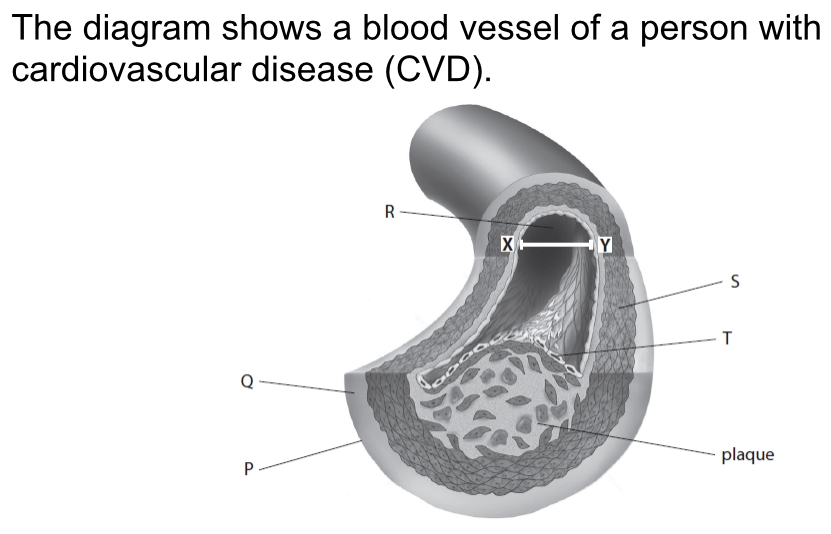
Which labelled part contains collagen?
Q
What is the type of reaction where two monosaccharides join to form a disaccharide molecule?
Condensation
What bond joins two monosaccharides to form a disaccharide molecule?
Glycosidic
Name the two monosaccharides that are produced when sucrose is broken down
Glucose and fructose
Compare and contrast the structure of a disaccharide with glycogen
•Both contain carbon, hydrogen and oxygen
•Both contain glycosidic bonds
•Both contain glucose
•Glycogen contains 1,4 and 1,6-glycosidic bonds whereas disaccharides only contain one type of glycosidic bond
•Glycogen only contains glucose whereas disaccharides can contain glucose and other monosaccharides
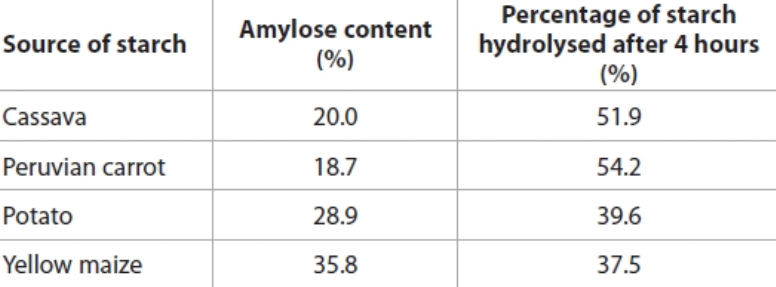
Calculate the ratio of amylose to amylopectin in cassava. Give your answer in simplest form.
1:4
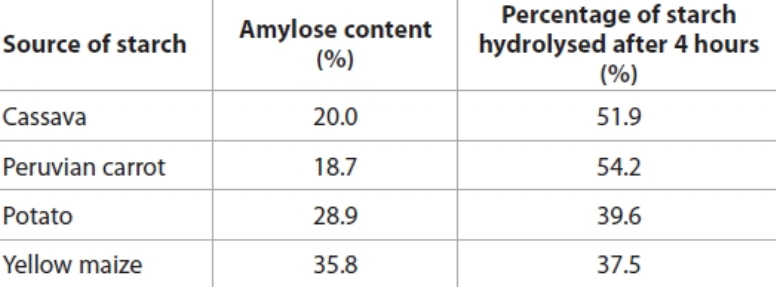
Explain the relationship between the composition of the starch and the rate of hydrolysis by enzymes
•As amylose content increases the percentage of starch hydrolysed decreases
•the less amylose present, the greater the proportion of amylopectin
•amylose is unbranched/ amylopectin is branched
• amylopectin contains 1,4 and 1,6 glycosidic bonds but amylose only has 1,4 glycosidic bonds
•A greater number of terminal ends increase the rate of hydrolysis
Name the products formed when several amino acids are joined together
Polypeptide and water

Which row shows three components that can be found in a DNA molecule
C
In a molecule of DNA, 17% of the bases were guanine. What percentage of the bases in the molecule were thymine?
33%
The synthesis of mRNA occurs in a process called transcription.
Compare and contrast the process of transcription with the process of DNA replication.
•Both have phosphodiester bonds
•Both involve DNA helices
•Transcription used RNA nucleotides whereas replication uses DNA nucleotides
•Transcription uses RNA polymerase whereas replication uses DNA polymerase
•Transcription only has one template strand whereas replication has 2
•Transcription only produces one new strand but replication produces 2
Describe the arrangement of glucose monomers in a cellulose molecule.
•Monomers are connected by 1-4 glycosidic links
• Alternate monomers are inverted